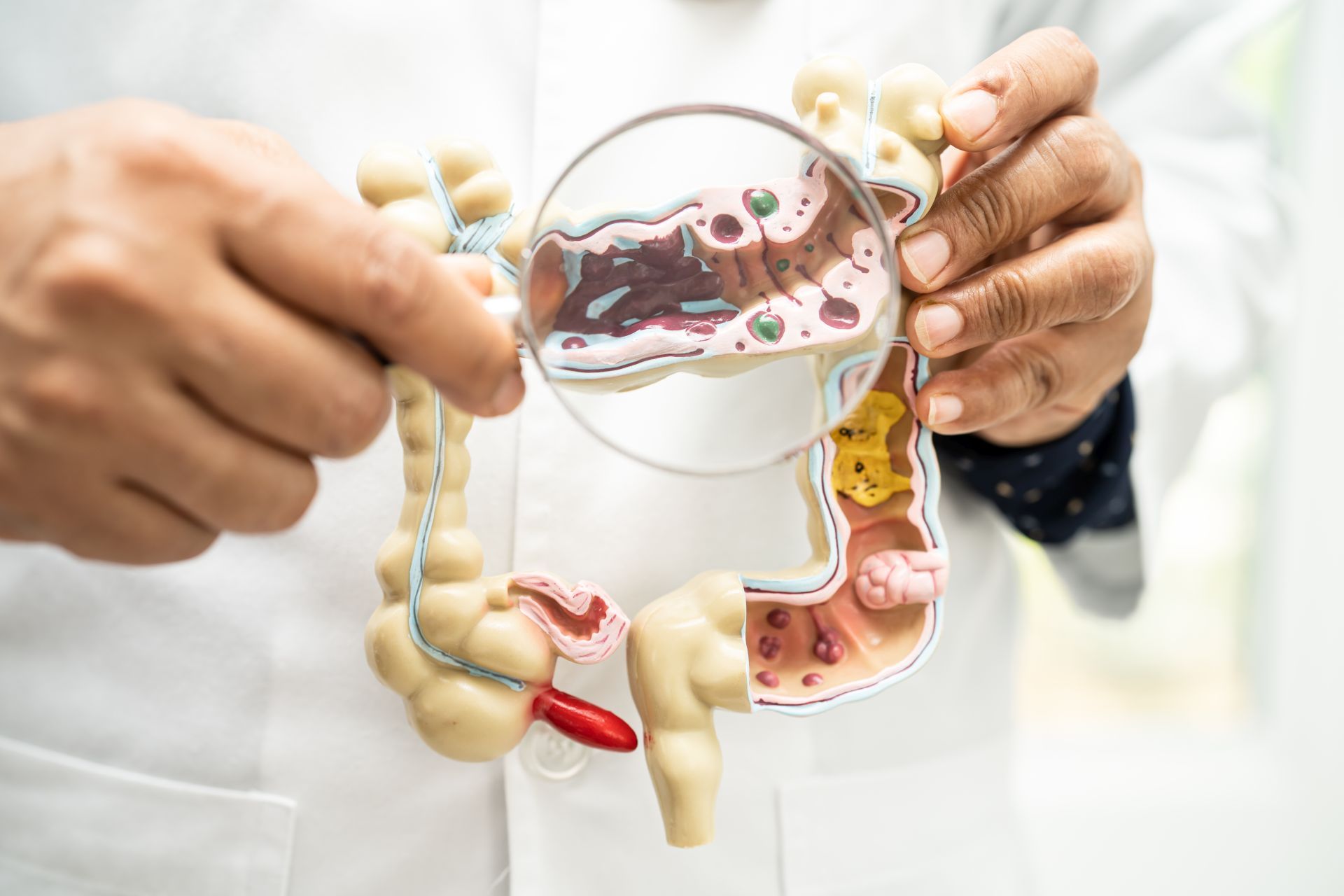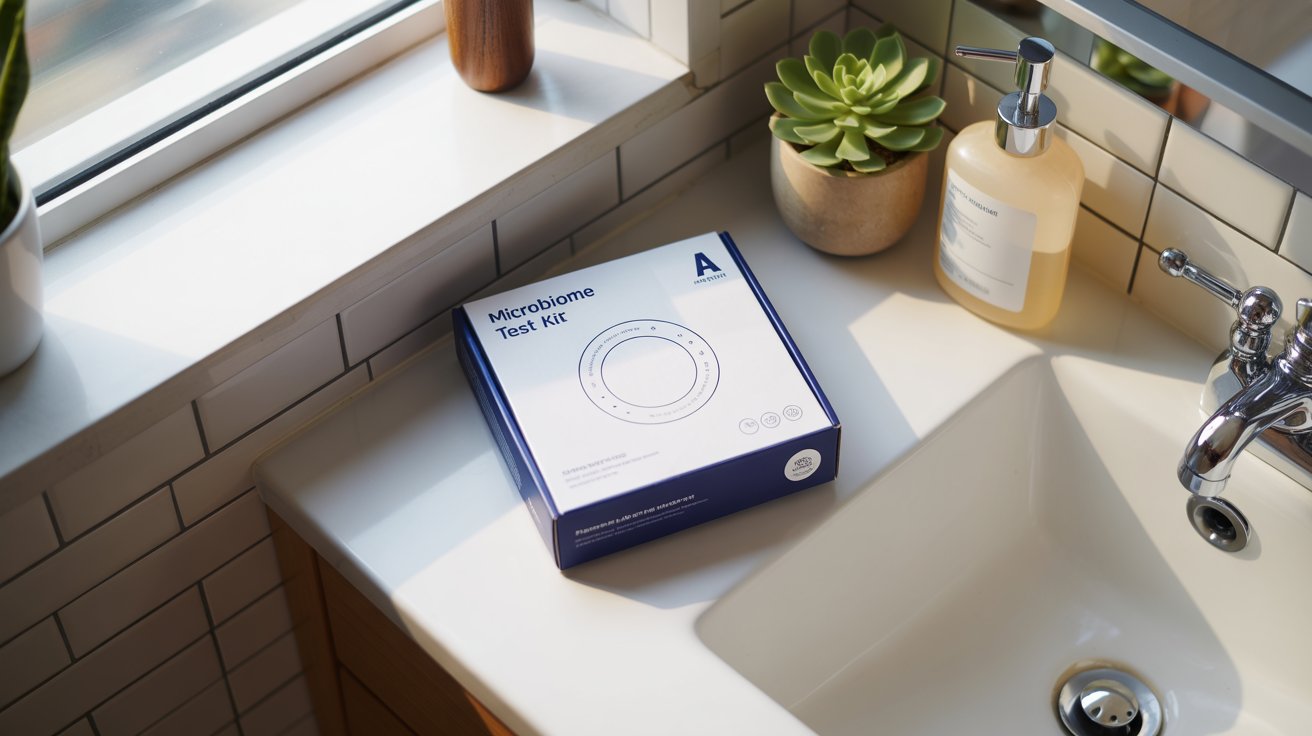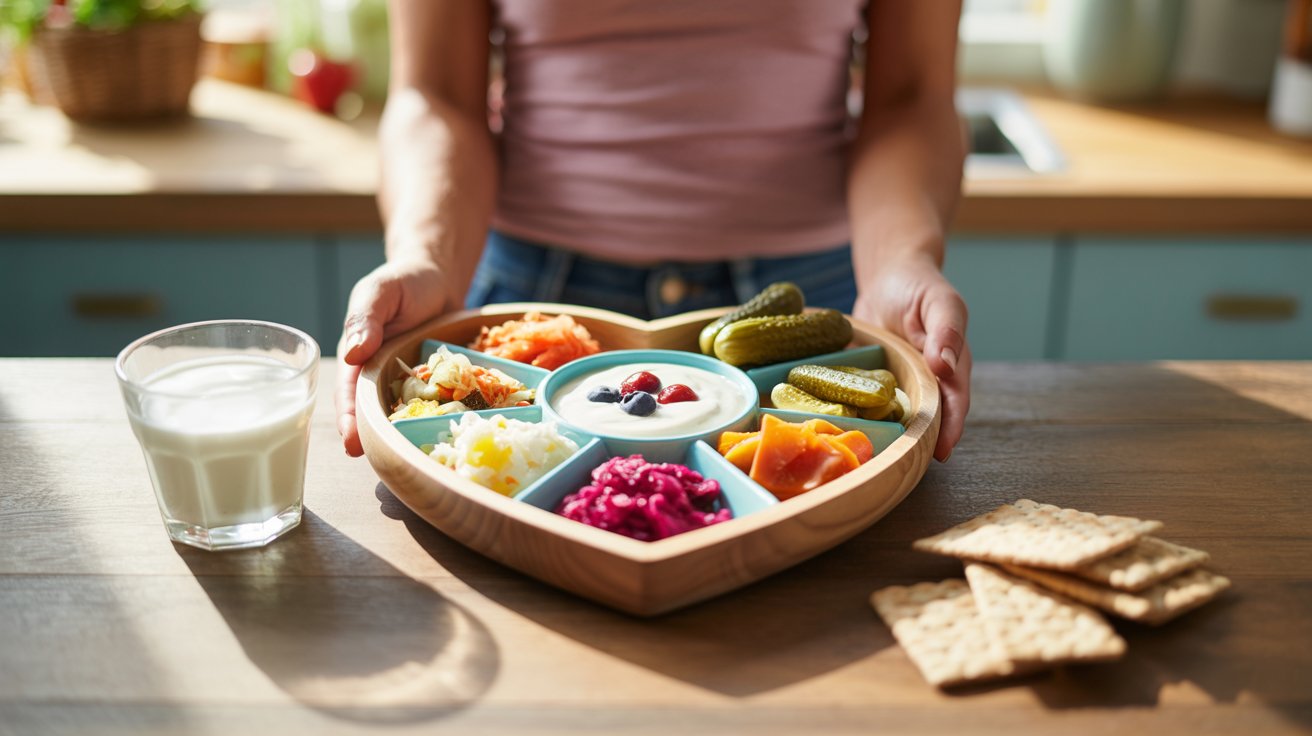The low FODMAP diet for gut disorders is a scientifically backed approach designed to reduce digestive distress by limiting specific types of fermentable carbohydrates.
If you’ve ever struggled with bloating, stomach pain, or unpredictable digestion, you’re not alone. For many people dealing with IBS (Irritable Bowel Syndrome) or other gut disorders, certain foods can trigger uncomfortable symptoms.
In this guide, we’ll break down everything you need to know about the low FODMAP diet for gut disorders, from what it is to how to follow it effectively. If you’re tired of feeling at war with your gut, this might be the relief you’ve been looking for!
What is the Low FODMAP Diet?

The Low FODMAP diet is a temporary eating plan that reduces foods high in FODMAPs, which are short-chain carbohydrates that the small intestine absorbs poorly. When these carbs ferment in the gut, they can cause bloating, gas, diarrhea, and stomach pain—especially for those with IBS, small intestinal bacterial overgrowth (SIBO), or other gut disorders.
What Does “FODMAP” Mean?
FODMAP stands for:
- Fermentable – These carbs ferment in the gut, creating gas.
- Oligosaccharides – Found in wheat, rye, onions, and garlic.
- Disaccharides – Found in dairy products like milk and soft cheese (lactose).
- Monosaccharides – Found in honey, apples, and high-fructose foods.
- Polyols – Found in sugar alcohols, stone fruits (peaches, plums), and some artificial sweeteners.
By reducing high FODMAP foods, many people experience less bloating, cramping, and discomfort.
Who Can Benefit from a Low FODMAP Diet?

The Low FODMAP diet is mainly recommended for individuals with:
- Irritable Bowel Syndrome (IBS)
- Small Intestinal Bacterial Overgrowth (SIBO)
- Inflammatory Bowel Disease (IBD) (in some cases)
- Chronic bloating, gas, or stomach pain
If you struggle with gut disorders and can’t pinpoint your food triggers, this diet can help identify what’s causing your symptoms.
How to Follow a Low FODMAP Diet
The Low FODMAP diet has three phases:
1. Elimination Phase (2-6 Weeks)

During this phase, you eliminate high-FODMAP foods from your diet completely. This helps reduce symptoms and gives your gut a chance to calm down.
Foods to Avoid
- Onions, garlic, wheat, and rye
- Dairy products like milk, soft cheese, and yogurt
- Beans, lentils, and certain vegetables (broccoli, cauliflower, Brussels sprouts)
- High-fructose fruits (apples, pears, watermelon)
- Artificial sweeteners (sorbitol, mannitol, xylitol)
Foods You Can Eat
- Proteins: Chicken, eggs, fish, tofu
- Grains: Rice, quinoa, gluten-free oats
- Dairy Alternatives: Lactose-free milk, almond milk, coconut yogurt
- Vegetables: Carrots, cucumbers, zucchini, bell peppers
- Fruits: Bananas, strawberries, oranges, grapes
2. Reintroduction Phase (6-8 Weeks)

Once symptoms improve, you gradually reintroduce FODMAP groups one at a time to identify triggers. This phase helps you figure out which foods cause problems and which ones you tolerate well.
For example:
- Week 1: Test small amounts of lactose (milk, cheese, yogurt).
- Week 2: Test foods high in fructose (honey, apples).
- Week 3: Test foods with polyols (mushrooms, stone fruits).
3. Personalization Phase (Ongoing)

By now, you’ll have a clearer picture of your personal triggers and can reintroduce tolerated foods while avoiding the ones that cause problems. This phase helps you maintain a balanced, symptom-free diet without unnecessary restrictions.
Caution: Avoid Nutritional Deficiencies

While the Low FODMAP diet can be incredibly helpful for gut health, long-term restriction of high-FODMAP foods without medical guidance can lead to nutritional deficiencies. Many high-FODMAP foods—such as beans, whole grains, dairy, and certain fruits and vegetables—are excellent sources of fiber, calcium, iron, and prebiotics that support a healthy gut microbiome.
To avoid deficiencies:
- Don’t stay in the elimination phase longer than necessary—aim for 2-6 weeks before reintroducing foods.
- Work with a registered dietitian to ensure you’re getting enough nutrients while on the diet.
- Eat a diverse range of low-FODMAP foods to get essential vitamins and minerals.
- Consider a prebiotic supplement to support gut bacteria, as many prebiotic-rich foods are high in FODMAPs.
- Choose nutrient-dense alternatives, like lactose-free dairy for calcium or quinoa for fiber.
If you find yourself over-restricting for months or struggling to reintroduce foods, it’s best to consult a professional to ensure long-term gut and overall health.
Tips for Success on a Low FODMAP Diet

- Keep a Food Diary – Track symptoms and foods to pinpoint triggers.
- Read Labels – Hidden FODMAPs are in processed foods, sauces, and even vitamins.
- Cook at Home – This gives you full control over ingredients.
- Plan Ahead – If eating out, check menus in advance for low-FODMAP options.
- Work with a Dietitian – A gut health expert can help personalize your diet.
Frequently Asked Questions
How long should I stay on the Low FODMAP diet?
The elimination phase should last 2-6 weeks. After that, you should start reintroducing foods to find what works for you. It’s not meant to be a long-term diet.
Is the Low FODMAP diet gluten-free?
Not necessarily. The diet removes wheat and rye (which contain gluten) but allows gluten-free grains like rice and quinoa. However, if you don’t have celiac disease, gluten itself may not be the issue—it could just be the FODMAPs in wheat causing symptoms.
Can I still eat out on a Low FODMAP diet?
Yes! Look for:
- Grilled proteins with plain seasoning
- Rice or quinoa instead of wheat-based sides
- Simple vegetable sides (avoid onions, garlic, sauces)
Many restaurants offer gluten-free or dairy-free options, which can be helpful.
Using The Low FODMAP Diet For Gut Disorders
If you’ve been struggling with digestive issues, the Low FODMAP diet can help you take control of your gut health.
By eliminating common trigger foods and carefully reintroducing them, you’ll gain a better understanding of your unique food sensitivities—leading to less bloating, more energy, and improved digestion.















